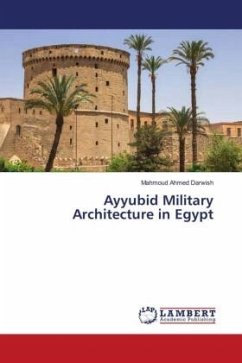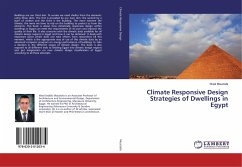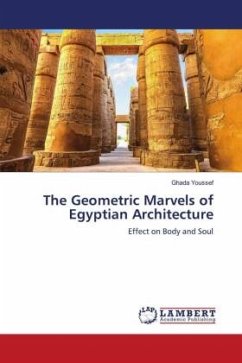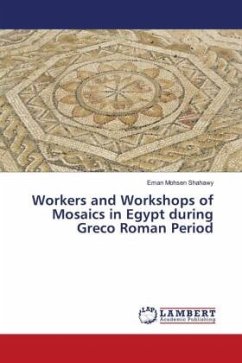
Ayyubid Military Architecture in Egypt
Versandkostenfrei!
Versandfertig in 6-10 Tagen
29,99 €
inkl. MwSt.

PAYBACK Punkte
15 °P sammeln!
The interest of the Ayyubid kings in military architecture was due to the many campaigns and Crusades between the Franks and Muslims. Ayyubids were active and worked to fortify their country by building walls and castles and rebuilding the demolished ancient fortresses to ward off enemy attacks.The Ayyubid state is attributed to having built a group of forts and castles, among the most important citadels built by Saladin was his citadel in Cairo and the wall that extends around the cities that formed the city of Cairo during his reign, which was the city of Fustat, Al-Askar, and Cairo. The goa...
The interest of the Ayyubid kings in military architecture was due to the many campaigns and Crusades between the Franks and Muslims. Ayyubids were active and worked to fortify their country by building walls and castles and rebuilding the demolished ancient fortresses to ward off enemy attacks.The Ayyubid state is attributed to having built a group of forts and castles, among the most important citadels built by Saladin was his citadel in Cairo and the wall that extends around the cities that formed the city of Cairo during his reign, which was the city of Fustat, Al-Askar, and Cairo. The goal of The erection of this wall protected the country from the plots of aggressors, as well as the huge walls that he ordered to be built around Alexandria. The wall was double and topped with high towers. We were able, through published pictures of two of the wall towers in Alexandria, to determine the features of these towers, in addition to the Pharaoh's Island Castle, which was revealed. Archaeological excavations have shown that this island was used in more than one era, but the buildings remaining there now date back to the Ayyubid era.












